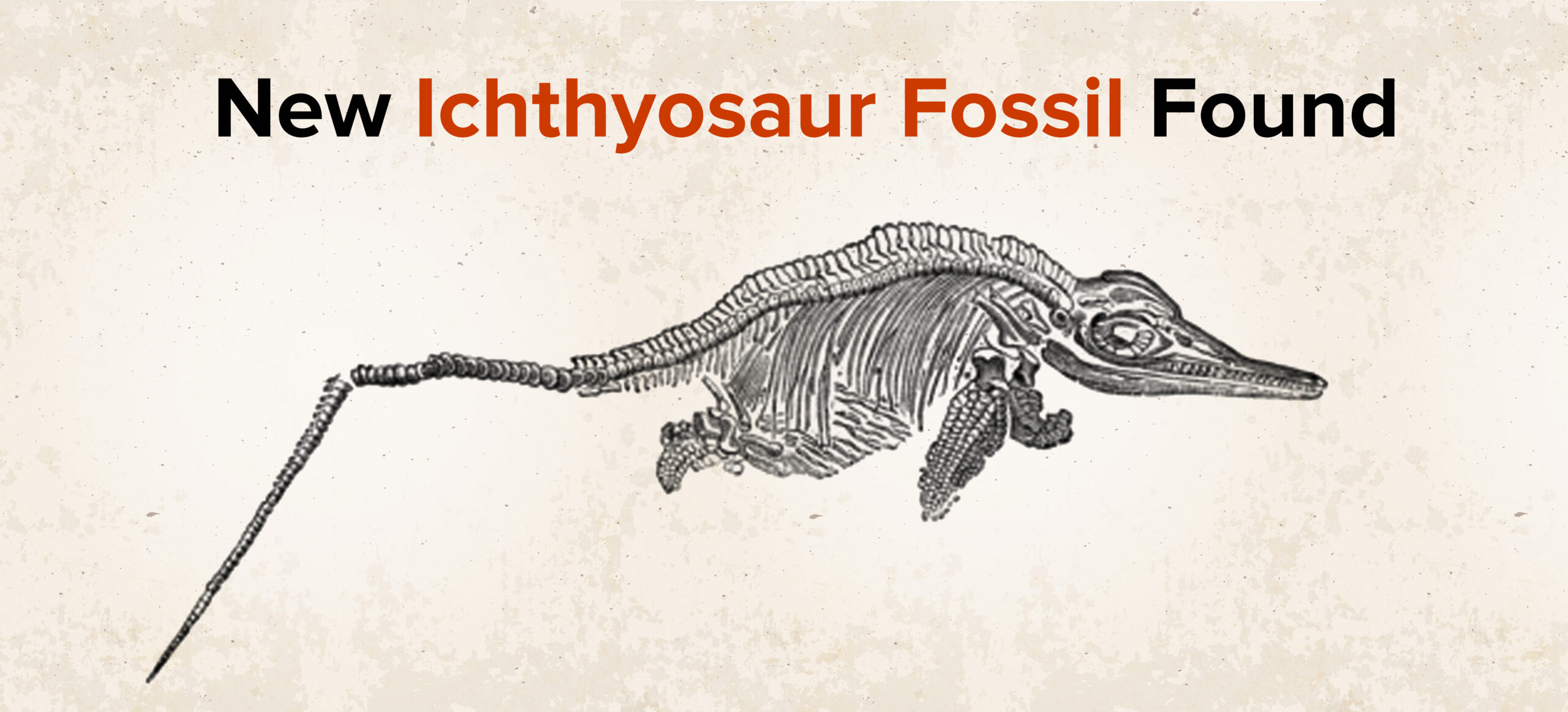
Researchers from Magallanes University in Chile recently discovered the fossilised remains of a four-metre-long pregnant female ichthyosaur. This is Chile’s first complete ichthyosaur fossil, discovered in a melting glacier deep within the country’s Patagonia region. It was retrieved from a dig site near the Tyndall Glacier in the Southern Patagonian Ice Field. The scientists have named the ichthyosaur “Fiona”. This remarkable ichthyosaur is the world’s only pregnant female from the time period — between 129 and 139 million years ago — discovered and retrieved.
“This site is really unique because it’s capturing a time period in Earth’s history where we don’t have a very good fossil record for marine reptiles,” Erin Maxwell, an ichthyosaur specialist and curator of marine reptiles at the State Museum of Natural History in Stuttgart, Germany who helped excavate the fossil, told Live Science.
Ichthyosaurs, which translates to “fish lizards”, were said to have dominated the seas beginning in the early Triassic period, about 251 million years ago, and they co-existed with dinosaurs until about 95 million years ago,. The smallest ichthyosaur species grew to measure around 1.3 feet (0.4 metres) long, while the largest reached nearly 69 feet (21 metres) from snout to tail, according to National Geographic.
At 13 feet (4 metres) long, Fiona is said to be a medium-sized specimen that dates to around 129 to 139 million years ago, in the early part of the Cretaceous period (about 145 million to 66 million years ago).
The scientists spent about 31 days extracting the fossil that had to be later helicoptered out of the site as it was so complete, palaeontologists said they had to extract five blocks weighing 200 kilograms to keep the bones intact. Fiona’s fossil was first found in 2009 by palaeontologist Judith Pardo-Pérez who later joined Maxwell’s research group in Stuttgart. However, it took 13 years for scientists to finally excavate and study Fiona’s remains. “There is often a very large lag between discovery of the fossil and study of the fossil,” Maxwell explained.
Unfortunately, many more fossils were left behind, the researchers added. “We have almost a hundred ichthyosaurs in the Tyndall Glacier fossil deposit and many of them, unfortunately, will never be excavated, due to the difficulty of access, being in risk areas (cliff edge), and lack of funds,” Pardo-Pérez added in a statement.
The fossil is now being made ready to be exhibited at the Rio Seco Natural History Museum in southern Chile.
If you enjoyed reading this, check out more exciting stuff on The Learning Tree blog:
Newly Discovered Ancient Flying Reptiles of Earth: The Pterosaur, Dragon of Death!
Writing has always been Shreesha’s passion, be it for imparting knowledge or expressing opinions. In her former role as a journalist, she contributed to enriching society with knowledge. Now, at BYJU’S, she has moved on to something more exciting – creating tailor-made content for students. When she is not writing, you would find her looking for new ways to engage her child.